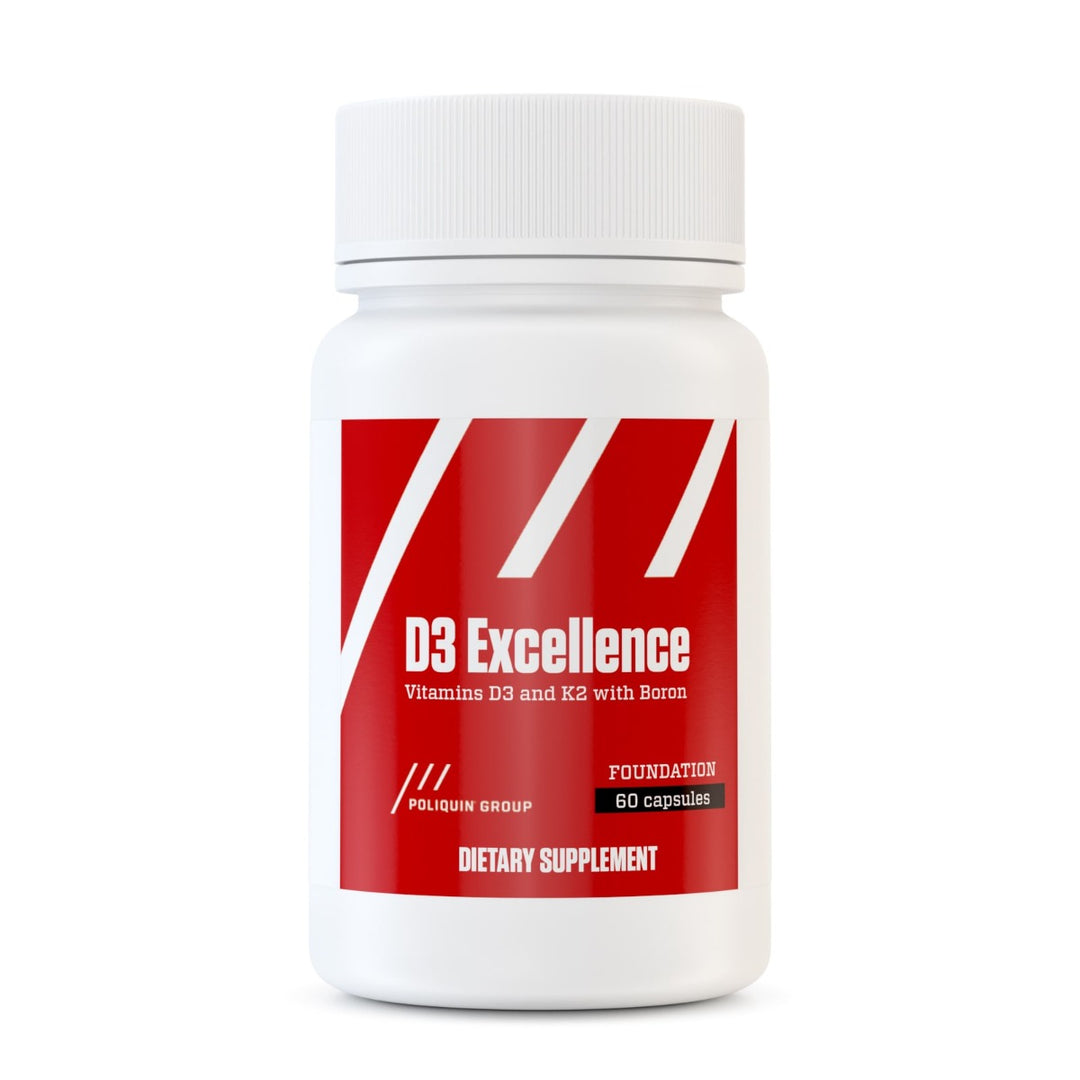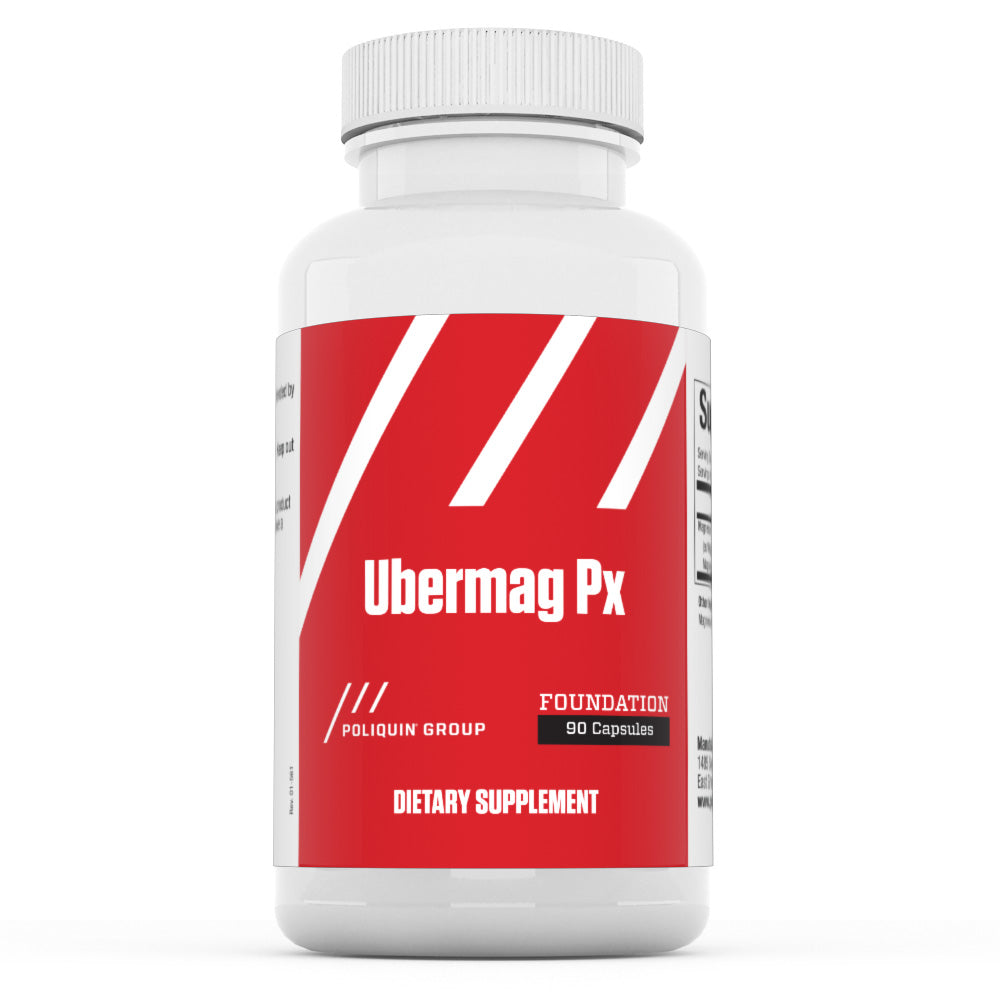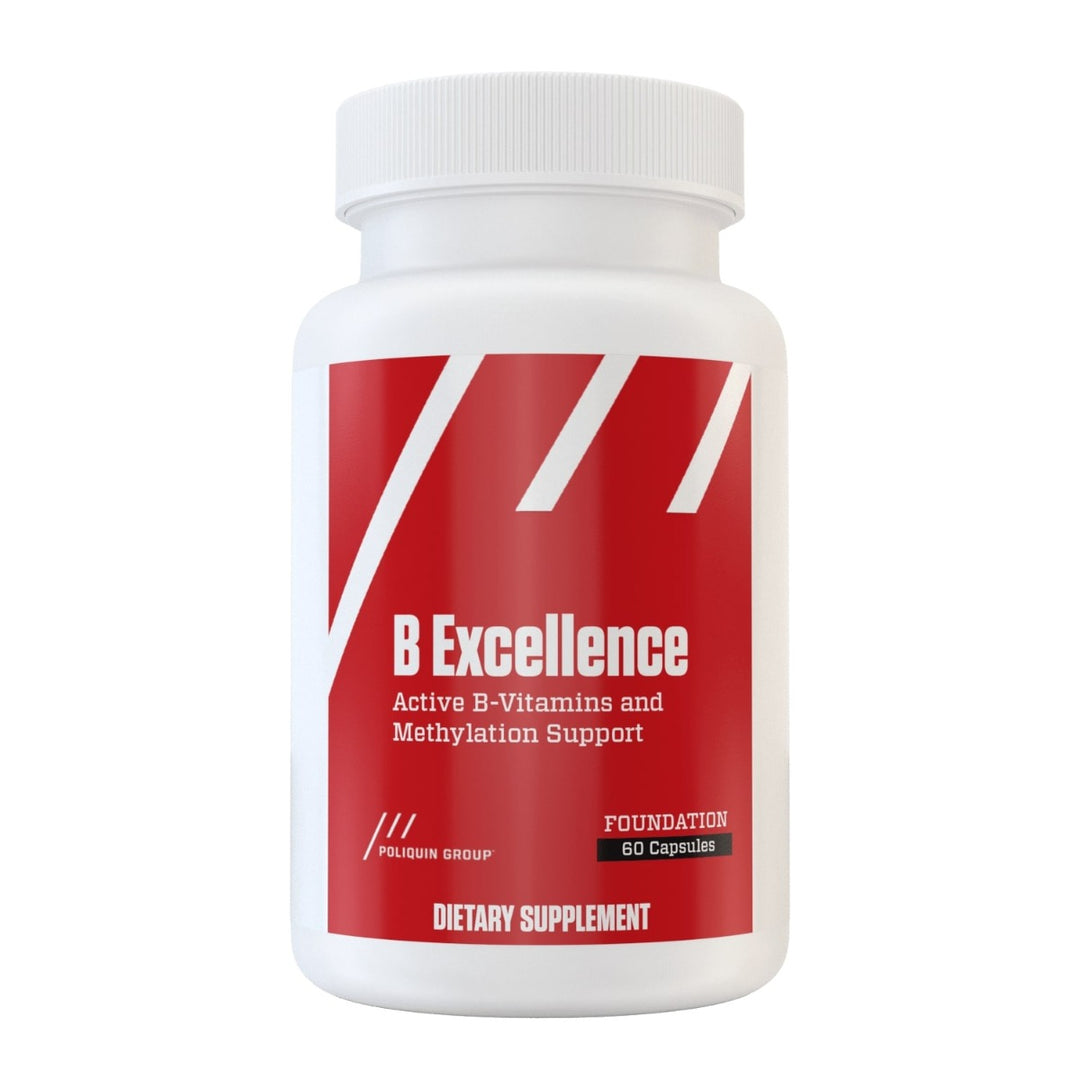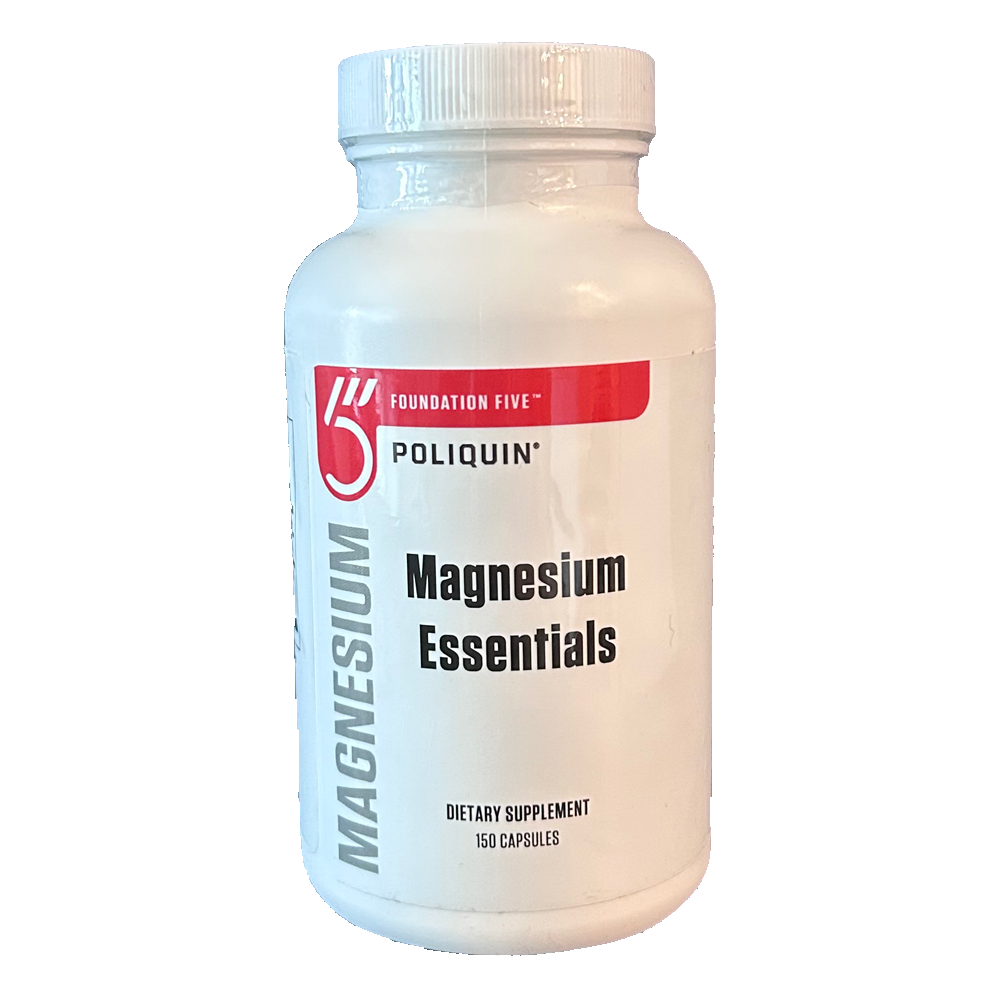Scientists Have Known For Years That Obesogenic Chemicals Make People Fat-Protect Yourself With These Ten Tips
If you have ever tried to lose body fat, you probably know that fat loss occurs when you take in fewer calories than you burn. This is based on the First Law of Thermodynamics and it translates into what is known as the “eat less, move more” theory of obesity. It’s a good starting point for dealing with excess body fat, but it’s not the whole story.
Contact with chemicals, such as BPA, phthalates, and parabens are disrupting hormone levels and making it harder for people to overcome obesity and achieve optimal body composition.
How Do They Do It?
Chemicals disrupt hormones that regulate appetite and satiety, such as ghrelin and leptin, triggering false hunger signals so that we eat more calories than we need. They also block signals to the brain that tell us when we have eaten enough.
Chemicals increase fat cell growth and mimic the action of estrogen in the body, binding to estrogen receptors.
Chemicals alter insulin signaling, negatively affecting blood sugar regulation and raising diabetes risk.
Chemicals block thyroid hormone release, slowing metabolic rate so that the body burns less energy daily, while also increasing fatigue and making people less active.
What Chemicals Are We Talking About?
Easily one of the most prevalent ways we are exposed to obesogenic chemicals is through air fresheners, including plug-in, spray, and infusion products. Surveys estimate that 75 percent of Americans use chemical air fresheners and the number may be even higher at businesses, such as hotels, gyms, and other venues that want to convey a certain ambience. These are especially problematic because there’s no way to avoid them.
Another source of chemical exposure that has scientists worried is personal care products, especially cosmetics. One recent study found that the more make up teenage girls used, the more phthalates (an obesogenic chemical) was found in their urine (a simple way of testing for chemical exposure).
Other sources of chemicals to watch out for include the following:
- BPA—found in plastic bottles and food containers, including tin cans
- Perchlorate—found in plastic materials used to package food, especially grains and cereals.
- Growth hormones in meat and dairy
- Pesticides in bug spray and to treat produce
- Phthalates—found in food containers, scented candles, air fresheners, and perfumes
- Parabens—found in personal care products, such as shampoo, lotion, and cosmetics
- Household cleaning products
- Paint and vinyl
Take BPA, which is the best known obesogenic chemical. It is consistently associated with increased body fat percentage. In a survey of nearly 5,000 Americans, people who had more BPA in their urine had at least a 34 percent greater chance of being obese compared to those with the least amount. In a study of children, the same trend was evident with obesity risk increasing as BPA exposure increased.
This evidence was no surprise to the scientific community. Endocrinologists who study hormones have known for some time that chemical exposure makes people fat. It’s time to spread the message and limit our exposure to chemicals by any means necessary.
What Can You do To Avoid Exposure?
#1: Ditch Your Plastic Water Bottle
BPA leaches from the plastic into the water. Get a reusable metal or glass bottle instead.
#2: Scrub Your Produce
Pesticides are a major source of hormone-disrupting chemicals. Always scrub your produce and go organic whenever possible.
#3: Favor Fresh Whole Foods Over Processed, Packaged Foods
Not only are processed foods more likely to have come in contact with chemicals during production, but the packages they come in tend to contain hormone disruptors like BPA. For example, aluminum cans are lined with BPA that leaches into the food. In one study, a few hours after eating canned soup, volunteers had urinary BPA levels that were 12 times higher than those who ate fresh soup.
#4: Avoid Air Fresheners & Other Chemical Scents
Some may contain essential oils that are safe, but most commercial scents you are exposed to out in the world contain hormone-altering chemicals. The word “fragrance” in the ingredients is a good indicator.
#5: Never Mix Heat With Plastic
BPA leaches at a faster rate when it is exposed to heat. Never microwave plastic containers or drink from a plastic bottle left in a hot car.
#6: Use Natural Cleaning Products
Chemical cleaners contain toxins and estrogen-mimicking compounds. Opt
for plant-based cleaners. Don’t trust it just because it says “green” on the label. Check ingredients.
#7: Use Natural Beauty Care Products
Use natural personal care products such as shampoo and conditioner. These are the same as cleaning products— don’t trust it just because it says “natural” on the label. Look for DBP, DEP, DEHP, BzBP, DMP, and parabens in the ingredients; all are hormone disruptors.
#8: Eat “Detox” Foods: Fiber, Protein, Fruits & Veggies
Your body has a robust capacity to detoxify chemicals, but only if you supply it with the nutrients to do so. Most important is indigestible fiber (from vegetables and fruit), amino acids (from protein), and antioxidants (from phytonutrient-rich plats).
#9: Drink Plenty of Water (Make Sure It’s Safe)
Sometimes it’s the little things that make a difference. Water is essential for elimination, but it will only be therapeutic if it’s uncontaminated. Consider getting a filter or test your water with a home test that can be bought online or at a hardware store.
#10: Supplement: Curcumin, Limonene & Vitamin C
All of these supplements improve your body’s ability to eliminate hormone disruptors, and curcumin and limonene also protect the body against inflammation that builds up from a large toxic load.











